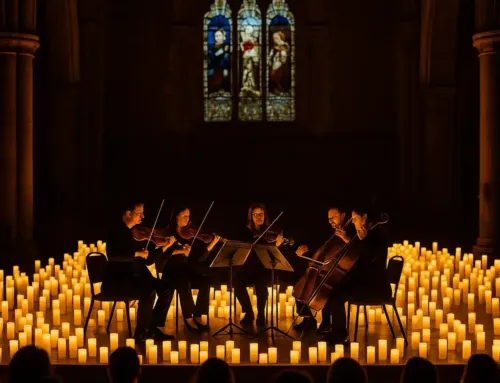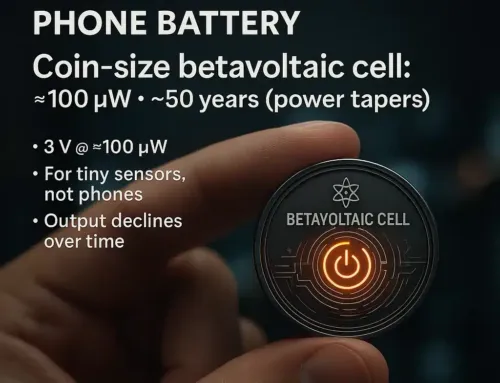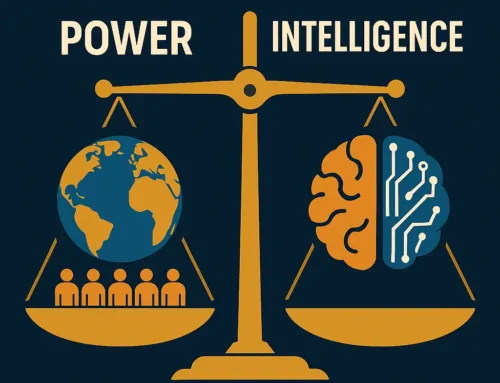
Approx. read time: 2.9 min.
Post: Experience the Marvel of Nature: Total Solar Eclipse April 8 Viewing Guide
Total Solar Eclipse April 8 Viewing Guide
On April 8th, a breathtaking natural phenomenon will captivate millions across North America—the total solar eclipse. This rare celestial event offers a unique opportunity to witness the afternoon skies darken momentarily as the moon veils the sun.
What is a Solar Eclipse?
Solar eclipses occur when the moon, Earth, and sun align perfectly, allowing the moon to cast a shadow over Earth, temporarily blocking the sun’s light. A total solar eclipse, where the moon completely covers the sun, differs from a partial solar eclipse, which only obscures a part of the sun. Due to the tilted orbit of the moon around Earth, these alignments are rare, adding to the event’s exclusivity and allure.
Viewing the Eclipse
The path of totality, where the total eclipse is visible, stretches across 15 U.S. states and parts of Mexico and Canada. Major cities like Dallas, Little Rock, Cleveland, Buffalo, and Lancaster will experience totality, with durations of complete coverage varying by location. For those outside this path, a partial eclipse will still provide a stunning show. Remember, viewing the eclipse requires special precautions to protect your eyes, using eclipse glasses or pinhole projectors, as looking directly at the sun can cause severe damage.
The Science and Safety of Viewing – Total Solar Eclipse April 8 Viewing Guide
Understanding the science behind solar eclipses enriches the viewing experience, highlighting the importance of using proper protective eyewear. Eclipse glasses, designed to filter the sun’s rays, are a necessity for safe observation. It’s crucial to ensure these glasses meet safety standards, displaying the ISO logo and the code “IS 12312-2.” During the brief moment of totality, it’s safe to view the eclipse without protection, revealing the sun’s breathtaking corona.
Enhancing Your Experience
To fully appreciate the eclipse, note phenomena like the “diamond ring effect” and Baily’s beads. These occur moments before totality, showcasing a radiant halo around the moon and sparkling light beads formed by the sun’s light shining through the moon’s valleys. Additionally, the eclipse offers a rare chance to view comet 12P/Pons-Brooks, adding another layer to this astronomical event.
Looking Ahead
While the next total solar eclipse visible from North America won’t occur until 2033 in Alaska, future eclipses in 2026 and 2027 will cross other parts of the world. Planning for these events can continue the excitement and curiosity sparked by celestial phenomena.
Conclusion
The total solar eclipse on April 8th is not just an astronomical event; it’s a moment of unity and wonder. As millions turn their eyes skyward, we’re reminded of the beauty and mystery of the universe. Whether you’re within the path of totality or watching from afar, this eclipse offers a chance to connect with the cosmos in a profound way.
Why The 2024 TOTAL ECLIPSE Will Be Special! – Total Solar Eclipse April 8 Viewing Guide
An Astronomer’s Guide to the 2024 Total Solar Eclipse – Total Solar Eclipse April 8 Viewing Guide
How to Safely Watch a Total Solar Eclipse – Nasa – Total Solar Eclipse April 8 Viewing Guide
Related Videos:
Related Posts:
How Lower-Priced Chinese Electric Vehicles Threaten to Eclipse Established Car Manufacturers
How Many Weeks Are There in a Year?
Unveiling the Truth Behind Chemtrails: Understanding Atmospheric Phenomena and Contrails
Pasta Masterclass & Dinner at Pasqualino
Happy Easter: Celebrating together Milton and Burlington









